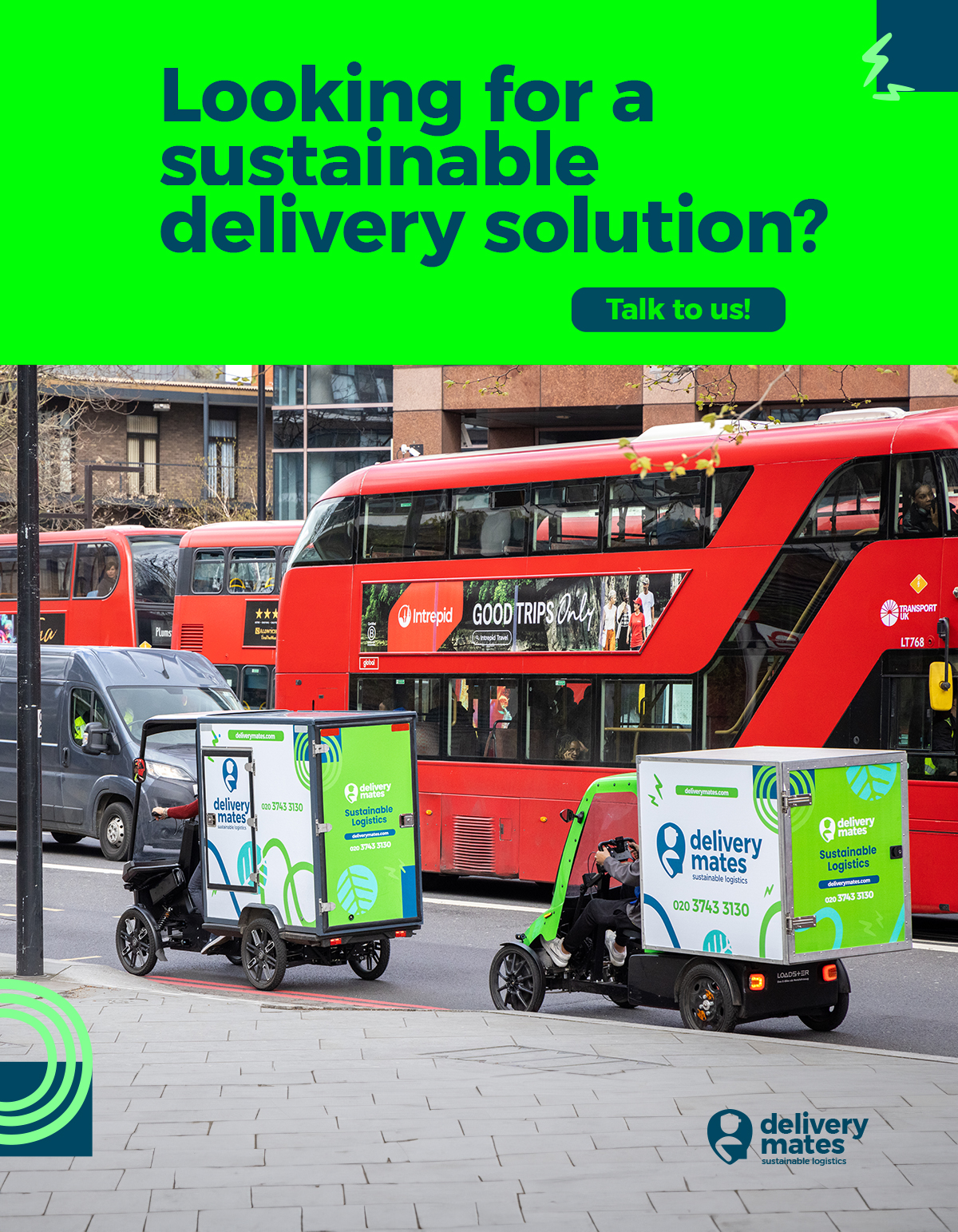New data from the UK’s Department for Transport reveals that it’s unknown if a user was riding a private or rental e-scooter for 30% of e-scooter user casualties recorded in 2023.
Of the total 1,117 e-scooter user casualties reported in 2023, 618 are assumed to involve private e-scooters because they took place outside of rental trial areas, and 58 were recorded as involving private e-scooters. This means 61% of total e-scooter user casualties involved private e-scooters.
105 (9%) of these casualties were recorded as involving rental e-scooters, leaving the e-scooter type in the remaining 30% of casualties to be unknown.
“There is a risk of assumptions being made and false conclusions drawn from unknown data,” TRL Head of New Mobility George Beard, who further evaluated the data on LinkedIn, told Zag Daily. “For example, if you were to assume that 30% of unknowns were rental scooters, it would paint quite a different picture of the trial schemes and might lead to interventions being suggested that are not needed.
“The private and rental e-scooter markets are so different in the UK, and being able to fully account for the nuances in the data would be valuable, particularly while we are in this period of limbo with ongoing trials and absent regulations.”
E-scooters are permitted in the UK under government trials where they can be rented as part of shared micromobility schemes, whereas private e-scooters are illegal to use on the roads.
The Department for Transport (DfT) says the ambiguity in data is partly due to police forces inconsistently recording whether a private or rental e-scooter was involved in a collision. This is as part of a free text field which means there are a “high proportion of collisions” where the police officer doesn’t identify the type of e-scooter involved.
Earlier this year, the independent Parliamentary Advisory Council for Transport Safety (PACTS) called for the UK government to better identify e-scooter collisions after a report found that less than 10% of e-scooter injuries presented to an emergency department were officially recorded by the police. This discrepancy is partly attributed to the STATS19 system currently used by police forces to record road casualty statistics.
The DFT has announced an update to the STATS19 system that would implement a “powered personal transporter” (PPT) to identify e-scooters and other forms of micromobility in collisions. This is said to come into force for 2024 data.
“The 2023 data which has just been released is still based on the ‘old’ system,” George said. “I am hopeful that this change will help reduce the issue – however it’s important to note that PPT is still a catch-all and so it will be important that supplementary detail is still captured.
“It needs to be as easy as possible for the police, who have an inherently busy and challenging job, to capture as much detail as possible without having to write an essay in a free text box. This would also help with consistency across individuals and across police forces. In practice, I’m in favour of using multi-choice tick boxes as far as possible, coupled with clear prompts to capture the right detail including on rental/private ownership.”
PACTS Deputy Executive Director Margaret Winchcomb says shared e-scooter operators possess data that would partly remove ambiguity about whether a collision involves a rental or private e-scooter.
“Operators can use geofencing to know where their e-scooters are,” she said. “They could report where their e-scooters are to local authorities on the date and time of reported collisions. Through a process of elimination, this could help determine whether a private or rental e-scooter was involved.
“Shared operators hold an awful lot of data and there needs to be an improvement with regards to how it’s shared with authorities.”
Margaret also calls for the DfT to release another National Evaluation of E-scooter Trials as they did in 2022 which records data up to December 2021. She says more detailed casualty data should be included in this subsequent evaluation, such as the precise location of collisions, how serious the injuries are, the speed the e-scooter was travelling at, and whether a helmet was worn.
A decrease in collisions involving e-scooters
In its ‘E-scooter Factsheet’, the DfT reported that the number of collisions involving e-scooters decreased 8% from 1,411 in 2022 to 1,292 in 2023.
The number of casualties in collisions involving e-scooters also decreased approximately 8% from 1,502 in 2022 to 1,387 in 2023.
A 50% reduction in deaths was recorded in collisions involving e-scooters from 12 in 2022 to 6 in 2023, all of which were e-scooter users.
While the reduction is a positive sign, Margaret highlights a lack of a rigorous method for collecting data on collisions involving e-scooters means that the DfT may not have collected all of the data.
“I’m not convinced that e-scooter riders know to report their collisions, or that pedestrians who get hit know to report it. I’m not convinced that operators themselves have informed their riders sufficiently that if they are involved in a collision, it’s a reportable incident because they are riding a motor vehicle.
“Nevertheless, we really appreciate this factsheet from the DfT. It’s a great resource and I would call on them to produce the same material for other emerging vehicles like cargo bikes and electric mopeds to capture the data and understand any harm they can cause to riders and other road users.”




